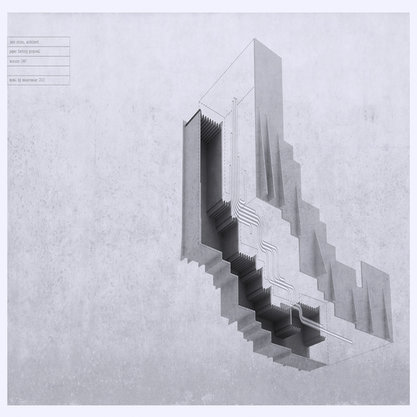Article
Huroufiyah By Shabout, Nada
Article
The perception of the Arabic letter in art has gone through many changes from the Islamic civilization to the modern age. Following the political and socio-cultural changes of the 19th and 20th century, the Arabic script lost its sacredness. After decades of limited existence in traditional craft, the Arabic letter reappeared in modern Arab art around the middle of the 20th century on nationalistic bases. The Arabic language had acquired a high value during the age of colonialism as a symbol of national identity, a unifier; this value only grew stronger with time. The letter was also a signifier that aided twentieth-century Arab artists in their artistic identity crisis. A number of art groups—such as the Baghdad Group of Modern Art, formed in 1951—were established with their focus on a search for a local or national art style through ‘istilham al-turath,’ seeking inspiration from tradition. The Arabic letter became the means for connecting artists’ present with their past and allowing for the invention of tradition. Huroufiyah (Arabic for Letterism), a highly contested term initiated by a newspaper journalist, became a term popularly used to signify all experiments with the Arabic letter in the modern Arab art. Nevertheless, the term is surrounded by controversy in the contemporary Arab world and rejected by a number of scholars and artists. The term al-Madrassa al-Khattiya Fil-Fann (Calligraphic School of Art), has been alternatively proposed, expressing specifically a perceived continuation with Islamic calligraphy.

